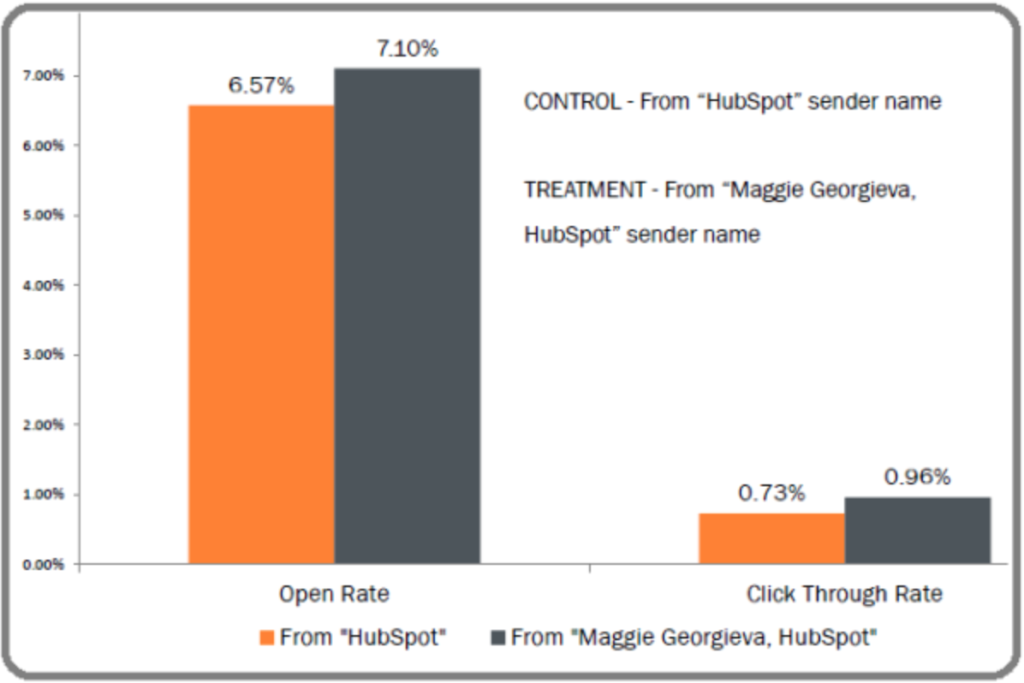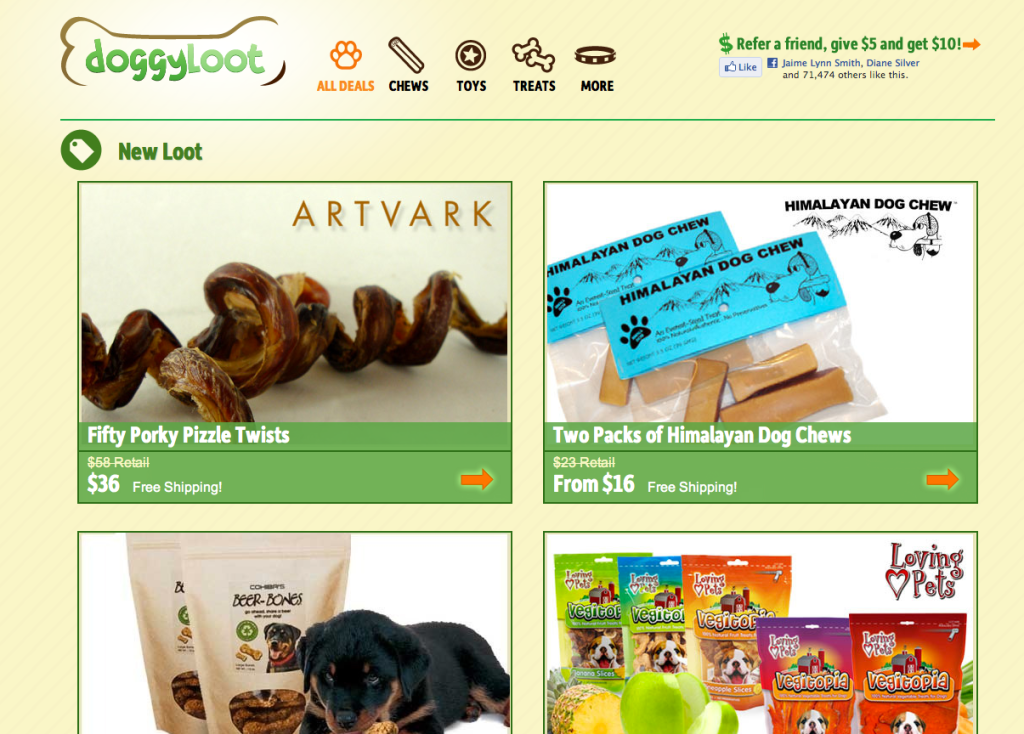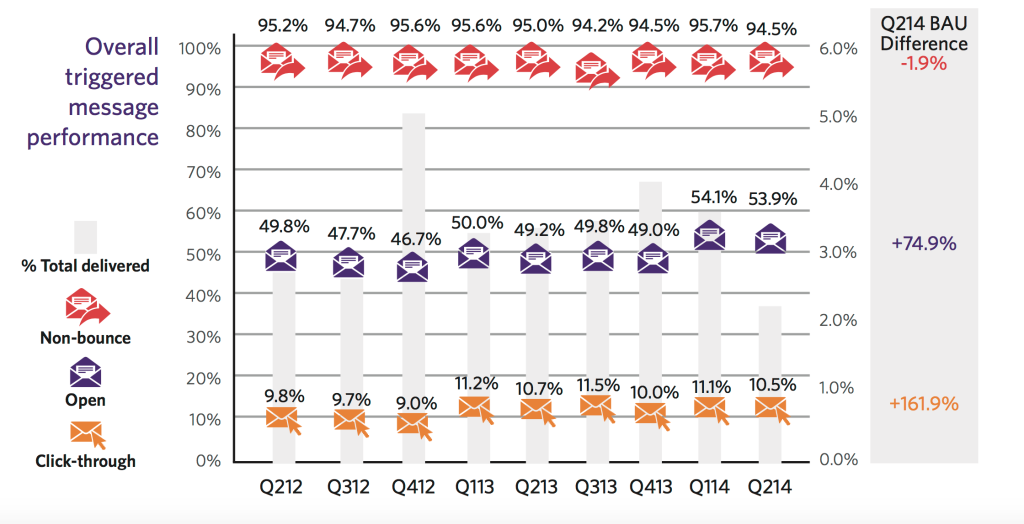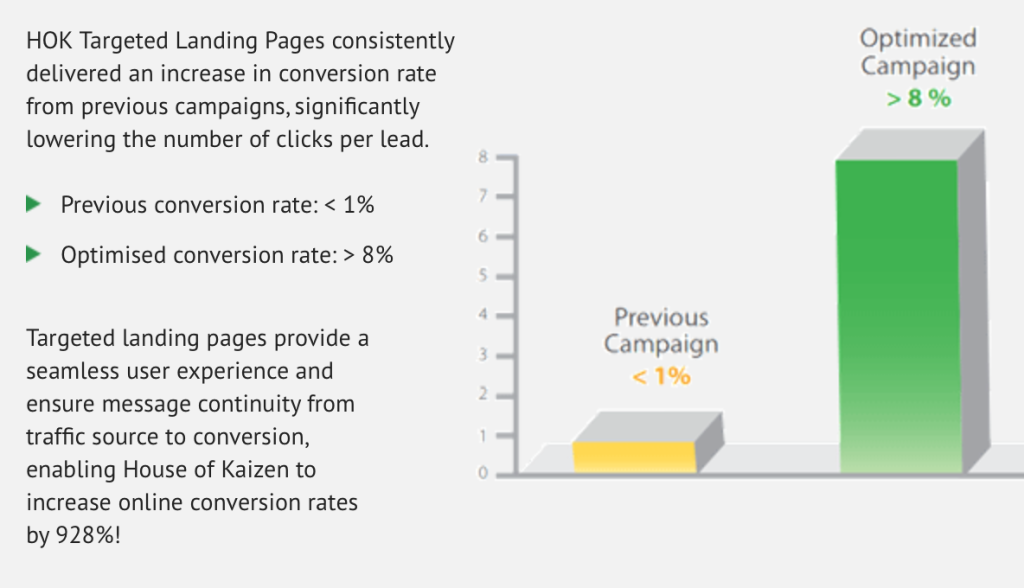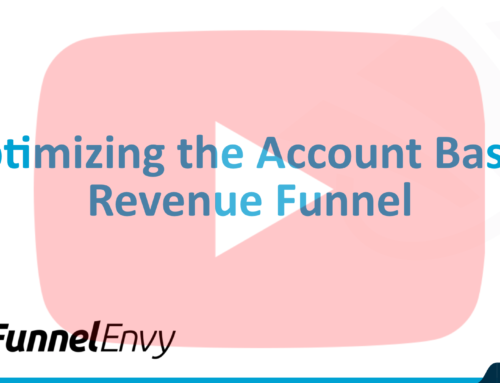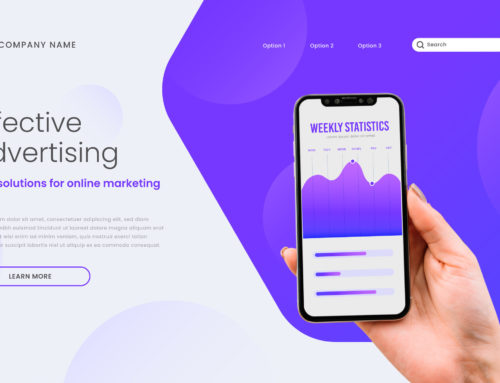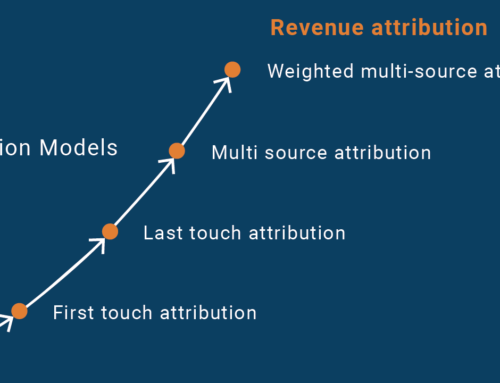It can be a real hassle to keep up with the demands of the modern consumer.
With every new case study released or piece of advice that’s published there seems to be something else that customers expect of us. No one is content any longer to simply purchase a product and make do with that decision.
Customers want timely feedback from attentive and knowledgeable customer service agents. They need a fully optimized journey that’s simple enough for a child to navigate. They demand an experience lasting no longer than it needs and preferably much shorter than they expect.
Yet above all else the modern consumer wants one thing. They want to be treated as an individual. Modern consumer’s don’t want to feel like just another member of the crowd. They want a personalized journey that talks to them as a singular person and addresses their wants, needs, and expectations.
This need for personalization is now so important three quarters of online customers say irrelevant content negatively effects their customer experience. Displaying random ads, using non-targeted messaging or using cookie cutter templates is apparently enough to drive prospects away from your brand.
Personalization is becoming the compulsory lynchpin that holds all of your other marketing efforts together. When igorned it has the potential to unravel all of the hard work you’ve poured into your funnel optimization. Yet when done well, it creates a relationship with your prospects that makes sales and keeps them coming back for more.
The question is, what can you do to tap into your customer’s need to be identified as an individual and how can this help your brand?
The Basics We all Know
The need for personalized marketing journeys is nothing new for marketers.
Personalization has been growing in importance in recent years. Thanks to developing tech it;s also taken on a few new aspects you’re able to exploit. Despite the development, the long term basics still hold true.
The below are the most well-known personalization tactics that every company should already be employing.
- Use customer’s names
- No one really likes being addressed as ‘customer‘, ‘sir/madam‘ or some other vague title. Collect and use your prospects names in every correspondence, it’s a basic step proven to increase the CTR of email marketing by 14%.
- Write as if speaking to a single person
- Again you’re trying to avoid your prospect feeling like just another part of the crowd. Use active voice and write your letters and material as if it’s speaking to a single individual. ‘You’ should be a word you use often.
- Open a Dialogue
- Nothing let’s people feel valued more than being able to have their voice heard. Give your audience and customer’s a way to voice their opinions. And for the love of god reply with a personalized response. Cookie cutter templates don’t work!
Now that those long time basics are out of the way let’s get onto some more in-depth tactics for increasing personalization and the effectiveness of your marketing.
Have Emails Come from a Human
Personalization, at its core, is about feeling valued. Feeling as though you’re part of the team and that there’s a real relationship between brand and customer.
Nothing destroys that relationship like having all correspondence come from a generic corporate email address.
You’re addressing your customer as an individual; you should also be addressing them on a personal level.
That means they need to know who you are. They want to be able to put a face to the name of your company. It humanizes your brands and adds a much needed human touch necessary to make every email more impactful and interesting.
Here’s an email I recently received from KISSmetrics.

As much as I love the KISSmetrics content, I’m still likely to ignore an email from ‘KISSmetrics’ in my inbox because I immediately assume it’s a generic email. Having it come from Tomasz email makes me question whether it’s a general email or one specifically for me.
Hubspot conducted a study into the area of personalizing their emails and discovered that the simple inclusion of a staff member’s name in the ‘from’ setting drastically increased open and CTR rates.
Use a real name and image on your emails if possible. It humanizes your company, elicits a better repose and increases your marketing’s effectiveness.
Target Content Based on the Needs of Different Segments
Good personalization goes beyond the basic steps of utilizing names and throwing in a few industry specific keywords.
Your prospects aren’t stupid. If you utilize only basic personalization steps they’ll view your efforts as cheap parlor tricks aimed at masking your indifference toward them.
Your audience isn’t one homogenous group of people who all experience the same problems. They’re individuals who have individual issues and want individual solutions.
Of course targeting individual problems is too much for most of us, so we do the next best thing. Segment our audiences into different groups with a key defining feature and target that feature.
You’ll need to drill down into your audience to identify the various segments it comprises. When you’ve identified the different segments it’s time to research and understand the kind of content that will best appeal to their needs.
This drilling down can be simple, or incredibly complex.
Simple segmentation focuses on demographic characteristics like:
- Age
- Gender
- Location
Intermediate segmentation will take a deeper look at your segments and include defining features such as:
- Problems
- Motivations
- Favored channels
- How they consume information
Advanced segmentation looks beyond the generic personae features marketers favor. It relies on sophisticated software which maps:
- Browsing behavior
- Individual customer history
- Visitor frequency
- Proximity to pay day
The nature of your business will dictate what kind of elements you should be tracking and using to segment. Don’t think that there’s ever a one size fits all. A toothpaste company will segment their audience in a completely different manner to a whisky distillery.
Examine your audience and look at some of the key defining factors that differentiate and define them. don’t be afraid to think outside the box either. Doggyloot didn’t segment their audience, but rather their audience’s pets (who are pretty much their audience when it comes down to it). They segmented their audience based on dog size and saw a 750% increase in email conversions.
There’s plenty of different ways to segment your audience. The more fine-grained you can make your segments the more targeted and effective your messaging.
Use Automation Triggering for Nurture Campaigns Based on Interest
Triggered emails are the new bread and butter for email marketers.
Segmenting your audience is a great way to get the right message to them, but you also want to ensure that the message hits them at the most opportune moment.
Timing is critical in increasing conversions and striking while the iron is hot is a sure fire way to ensuring that your message makes the biggest impact.
Triggered campaigns take two primary forms. The most popular of which is to have pre set autoresponders that are kicked into effect when a prospect takes an action like joining the site or purchasing a product. Below are a few examples of this popular approach.
- New Signup
- Free information, email series or course that establishes you as an authority in their eyes
- Purchase
- Follow up with satisfaction enquiry or, even better, a series of emails outlining how to get the most out of the product
- Shopping Cart Abandonment
- A follow up email that outlines the benefits of the product and draws prospects back in for the sale.
More advanced triggered campaigns rely on mapping behavioral activity. Account Based Marketing is a prime example of the more sophisticated targeted campaign.
If a prospect searches on site for the solution to a problem a few times, then they’re automatically placed into a responder sequence that aims to solve that problem or need.
This second approach is more predictive in nature. It doesn’t rely on a specific action being taken but rather assesses current behavior to predict what the prospect is looking for.
Whatever the approach triggered email campaigns are incredibly effective. Epsilon studied the effects of triggered emails and found triggered emails average 74.9% higher open rates and 161.9% higher CTRs than their traditional, generic counterparts.
Keep an Eye on the Time
Ever think about different timezones in your marketing?
Not paying attention to timezones has the potential to ruin a good campaign. Sending one email a week at a fixed time ensures that some prospects will find it delivered at an extremely inconvenient time.
You want your emails to land in your prospect’s inbox at the perfect time. Perhaps just after they’ve had their morning coffee or maybe just before they sign off for the day.
There is no one time that always converts, so you’re going to have to run tests to find which time best suits which segment of your audience.
Personalization and improving the customer journey doesn’t have to be as complicated as addressing all your prospects’ needs. Sometimes the simple steps like saying the right thing at the right time can make all the difference.
Busted Tees, an international T-shirt company increased their email revenue by 8.2% simply by monitoring the impact time had on campaign effectiveness and optimizing accordingly.
Matching Landing Pages
Personalizing your emails or SM messaging is one step in your funnel. It’s a start, and it should signify the manner in which you mean to continue.
No one wants to receive a wonderfully optimized, curiously conveniently timed email only to be directed to a horribly generic landing page. You need to continue with the theme of personalization and keep a consistency to the look, feel and copy elements of your stages.
Nuffield Health created numerous landing pages for a seamless transition from email to landing page. The results of which are pretty damn impressive.
This is a Conversation
Personalization is a two-way street. You can’t expect to see great gains if you implement all the tips on this list and then let automation handle the rest.
You’re now referring to people by their given names. You’re sending them campaigns that are directly related to their current problems and have helped them feel less like one of the crowd and more like one of your buddies.
This means they’re more likely to get in touch with you.
They’re going to email questions and reach out over social media. You’re no longer the faceless corporation but the humanized business who cares about their customers.
If someone reaches out, you’re going to have to reply. And not with a crappy template that’s sent to all those who send queries.
It may seem like a lot of extra work but it can really pay off. The queries and the follow up emails you’ll receive provide useful information on how best to further optimize your service. Overlook them at your peril.
Personalization can’t be left to automation machines in its entirety. You need to continue your efforts with good old face to face (or email to email) conversations with your customers
Personalization is Increasingly Important for Success
Personalization has always been important in marketing.
However, thanks to the developments in technology customers are now expecting a more personalized and individual journey than ever before.
The above examples show that personalization works. It gets the customers you want engaged with your brand and coming back for more. However, there are no shortcuts in creating the most personalized journey possible.
Run your own tests, survey your own audience and create your own campaign. Before long, you should be laughing all the way to the bank!


